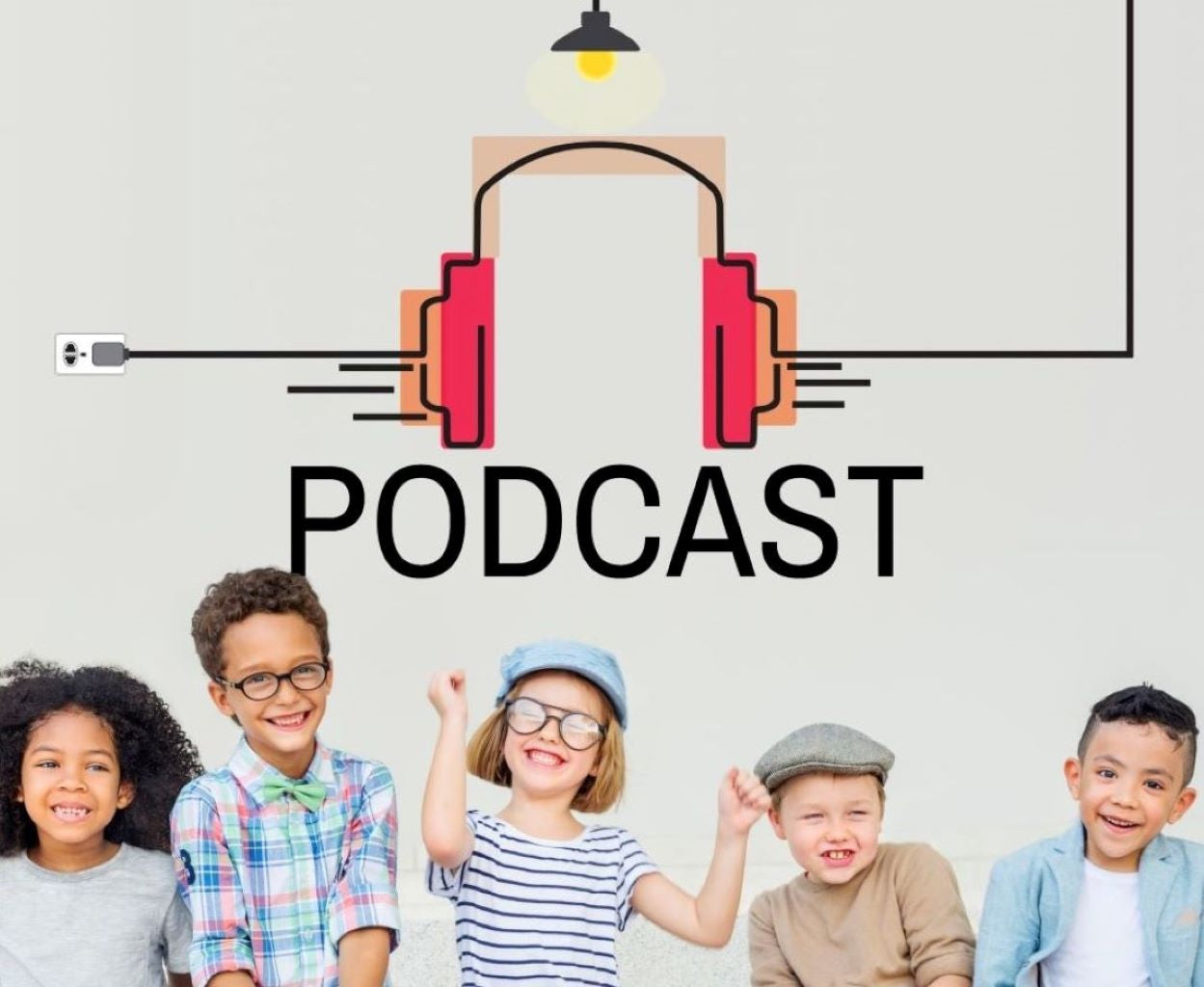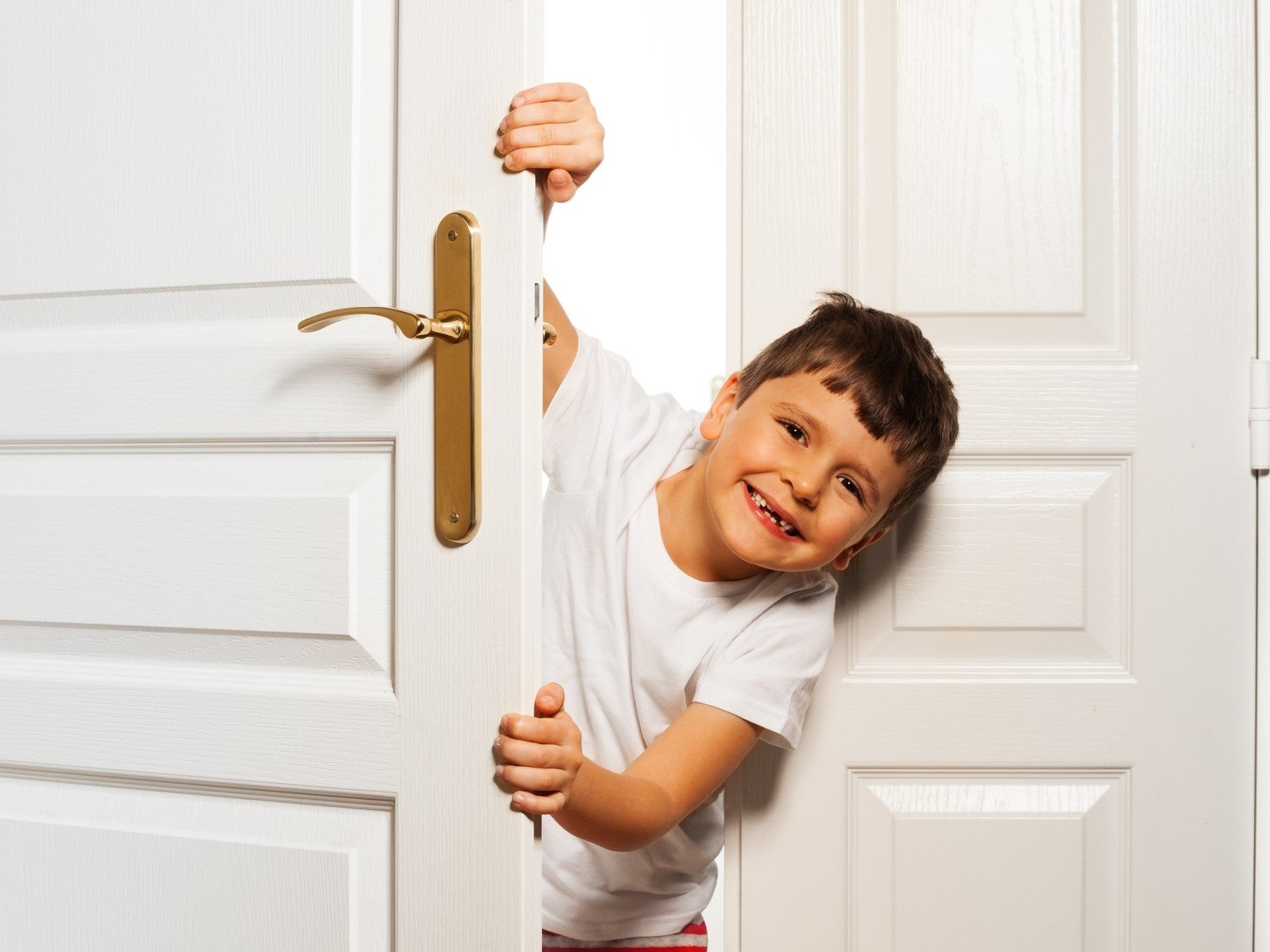
The “NSOME” controversy has spawned a major storm. It started in the late ‘90s with a few groundswells that perpetually grew into a full-blownperfect storm. I’ve never seen anything like it in the speech pathology world—a world I love.
Why has this happened?Why haveNonSpeechOralMotorExercises come to prominence? Most importantly,why have grievous divisions occurred in our field for the first time?
There’s always been controversies; that’s okay. That’s how we’ve flexed our therapeutic and research muscles and expanded and improved. This controversy, however, is dangerously different.
In my view, the following is the most obvious and contentious of reasons as to why some of us are confused and conflicted. See if you can relate:
The physiologically-based therapy techniques that thousands of SLPs have used for decades with untold thousands of clients—all ages, capabilities and populations and have experienced great success—are now toldthe techniques don’t work and we must wait for research to prove them(paraphrased; Gregory Lof, 2008). Numerous other articles express the same intent; many of them guest edited by Dr. Lof.
Who’s telling us that? The answer: Researchers; most of whom are individuals who have never done therapy. I refer to these passionate people as R-LITEs:Researchers,Lacking inTherapyExperience. No, I’m not anti-research and I’m not anti-researchers (I’ve certainly read enough of their articles). I am, however, pro-researchers who have done, or do, therapy. From my perspective, that lends credibility as to what they research, how they do it, and their conclusions. In other words, they can relate to what I do.
No matter where you stand on this topic, I ask you to stay with this blog for the duration. You’ll learn what’s happened over the past decades that chronologically accumulated into what I describe as,The Perfect Oral Motor Storm.
Doggedly, over the past several years (intensively over for the past six months), I’ve gathered and poured through hundreds of journal articles and books. The end-result is a document and presentations that will soon beshared over five “Speech Link” podcasts. It’s called, “Supportive Evidence for the Use of Oral Sensory-Motor Methods to Remediate Speech Sound Productions—The Perfect Oral Motor Storm.” This blog is a brief, but representative summary.
▪ ▪ ▪
Disapproval of “oral motor therapy” didn’t happen overnight. It’s taken years to wrap all the terms and techniques that have to do with physiologically-based oral therapy—oral motor therapy, feeding therapy, myofunctional therapy, even traditional articulation therapy, etc.—into one derogatory, inaccurate, and highly demeaning acronym: NSOME; a term that has never been used in any of our textbooks (Marshalla, 2008).
The controversy began with small waves of dissenting views within the research community of the phonetic (articulation, movement-based) oral-sensory motor approach that has been part of our profession for over a century. It intensified as researchers expressed their disagreement of the analysis and therapy ofadults with acquired dysarthria and apraxia. The primary professors and their articles were Ziegler, 2002 and 2003, Ballard, et al, 2003, and Weismer, 2006.
Within a couple years, the misinterpreted “nonspeech” therapy concerns flowed from “adult motor speech disorders” into “childhood speech-sound disorders.” Dr. Gregory Lof (an R-LITE) was one of the front-runners of the movement.
The First major Wave of the controversy that directly impacts therapists is the appearance ofEvidence-BasedPractice (EBP) in 2004.
We all know the three sides to the EBP triangle: 1) systematic research, 2) clinical expertise, and, 3) client values. Dollaghan (2004) points out that sometimes the research piece gets more attention than clinical expertise. I agree.
Sheinberg and Luce (2005) share sage advice, “The absence of evidence regarding the effectiveness of an interventiondoes not mean that the intervention is not effective.”
While I fervently support quality therapy, it is my personal observation that since EBP was instituted by ASHA there are hesitant SLPs (at one end) or outright fearful SLPs (at the other) of doing therapy that’s not “supported by research.”
Well, you might be surprised at this—most of what we doevery day is not supported by research. In fact, (and we’ll cover this in The Fourth Wave: Research Data)most of our language therapy methods are not supported by research. Wow.
Continuing on,The Second Wave was Dr. Lof’s and Dr. Watson’s 2008 “Nationwide Survey of Nonspeech Oral Motor Exercise Use: Implications for EBP.” It was mailed to 2000 SLPs. Of the 537 that responded, 39% worked with early intervention/pre-school kids, and 38% worked with elementary-aged. Most importantly, the results revealed that:
92.7% of the SLPs observed improved nonspeech oral motor skills
86.3% of the SLPs observed improved speech productions
These are great results and indicators. Anyone who reads these numbers would want to know what those therapists did and how to replicate it. Dr. Lof’s conclusions, however, went the opposite direction:
“SLPs need to follow the concepts of evidence-based practice in order to determine if these exercises are actually bringing about change in speech production.”
Really?I think SLPs can tell when their kids are improving or not. This survey is an excellent indication that oral activities are beneficial. It’s beyond me how Dr. Lof and Dr. Watson concluded otherwise. The erroneous conclusions of this survey launched a huge and dangerous upsurge in the perfect oral motor storm.
Dr. Forrest’s and Dr. Iuzzini-Seigel’s article (2008), detailed inThe Third Wave was right behind it.
In their article, they presented review and information at the beginning. Noting the content, I believe it was extracted from Dr. Lof’s articles and convention handouts.
Dr. Forrest and Dr. Iuzzini-Seigel conducted a comparison study of “NSOMEs” and what they called, Production Training (PT) for nine children with speech sound disorders. Each child had delayed phonological errors and were between the ages of 3-3 to 6-2. They all received both types of therapy (for different sounds). Basically, the PT children repeated words; the NSOME children did “NSOMEs.”
Here’s where it gets questionable. For “NSOMEs” they had the children walk around the room and pat their cheeks; they stroked their tongue, pushed against their tongue, and, generally, did other odd “exercises.” The children were never asked to say their target speech sound; apparently it would have invalidated the results. I think we know the results. The “NSOME” kids sure didn’t make any improvement. But, it “proved” the author’s point: NSOMEs don’t work.
The cumulative waves swelled even higher inThe Fourth Wave:Research Data. In the years 2008 and 2009 at least 16 journal articles were written disparaging oral motor. That’s a lot of coordinated negativity in a short length of time.
On a positive note, to keep research in perspective, ASHA in conjunction with several researchers over the past 10 years have been conducting “Evidence-Based Systematic Reviews (EBSR).” These are high quality, thorough, impartial reviews.
Oral motor is not the only therapy-related topic to be put under the microscope. You’ve heard the famous phrase,“There’s no evidence to support oral motor therapy.” Well, guess what, “oral motor” is not alone:
The Language Therapy EBSR (Cirrin and Gillam, 2008): “The fact that only 21 studies [out of 593] met our criteria means thatthere is relatively little evidence supporting the language intervention practices that are currently being used with school-age children with language disorders.” (Very disturbing; in addition, their results indicated exactly zero evidence to support what we do at the middle- and high-school levels.)
The Service Delivery EBSR (Cirrin, et al., 2010): “The current evidence base does not justify any broad conclusions about which service delivery models are preferable for which elementary school-age children with which specific communication needs.” “Specifically, resources are needed for conducting studies on effective service delivery options for children….”
The Auditory Processing EBSR (Fey, et al., July 2011): “The evidence base is too small and weak to provide clear guidance to SLPs faced with treating children with diagnosed APD, but some cautious skepticism is warranted until the record of evidence is more complete.”
The Fluency EBSR (Frymark, et al., 2010): “Currently,there is insufficient evidence to support or to refute the use of a direct intervention approach over an indirect approach in the treatment of preschool-aged children with fluency disorders.”
The Oral Motor EBSR (McCauley, et al., 2009): “Insufficient evidence to support or refute the use of Oral Motor Exercises (OMEs) to produce effects on speech was found in the research literature.”
Just wondering: So why has oral motor been so loudly selected as the posterchild for “lack of evidence?”
Next “under the microscope” is theThe Fifth Wave. I scrutinize, explain, detail and rebut Dr. Lof’s (2017) five “Theoretical Reasons to Question Using NSOME:” 1) Part-Whole Training and Transfer, 2) Strengthening the Articulatory Structures, 3) Relevancy of NSOME to Speech, 4) Neurological Task Specificity, and 5) Warm-Up/Awareness/Metamouth.
From my perspective, at least 90% of what Dr. Lof argues doesn’t hold water. I carefully and thoughtfully cover point-by-point and explain contrasting views. Extensive resources and references are included.
Last isThe New Wave.
Notwithstanding the important phonological piece—the auditory and linguistic involvement—at its most fundamental, physiological level, Speech is a series of stabilization and mobilization contours and actions. And as a therapist, I can work with those contours and actions. Over the past 40 years, I have studied and implemented how to apply the vast research that’s out there (that some have missed) on how to effectively and efficiently remediate speech sound disorders. I’ll share all of that with you.
Be sure to tune in toThe Speech Link (7:00 p.m. eastern) for the five Podcasts detailingThe Perfect Oral Motor Storm. The dates range fromThursday, September 19, 2019 through November 14, 2019. Additional information is available atSpeechTherapyPD.com and SpeechDynamics.com.
Resources and References
Ballard, K.J., Robin, D.A., and Folkins, J.W. (2003). An integrative model of speech motor control: A response to Ziegler.Aphasiology, 17, 37-48.
Cirrin, F.M., Gillam, R.B. (2008). Language intervention practices for school-age children with spoken language disorders: A systematic review.Lang, Sp and Hear Serv in the Schools, 39,S110-S137.
Cirrin, F.M., Schooling, T.L., Nelson, N.W., Diehl, S.F., Flynn, P.F., Staskowski, M., Torrey, T.Z., Adamczyk, D.F. (2010). Evidence-based systematic review: Effects of different service delivery models on communication outcomes for elementary school-age children.Lang, Sp and Hear Serv in the Schools, 41,233-264.
Dollaghan, C.A. (2004). Evidence-based practice: Myths and realities.The ASHA Leader, April 1, (ASHAwire).
Fey, M.E., Richard, G.J., Geffner, D., Kamhi, A.G., Medwetsky, L., Paul, D., Ross-Swain, D., Wallach, G.P., Frymark, T., Schooling, T. (2011). Auditory processing disorder and auditory/language interventions: An evidence-based systematic review,Lang, Sp and Hear Servs in the Schools, 42,246-264.
Forrest, K., Iuzzini-Seigel, J. (2008). A comparison of oral motor and production training for children with speech sound disorders.Semin Speech Lang, 29(4),304-311.
Frymark, T., Venediktov, R., Wang. (2010). Effectiveness of interventions for preschool children with fluency disorders: A comparison of direct versus indirect treatments(An ASHA Online Article).
Lof, G.L., Watson, M.M. (2008). A nationwide survey of nonspeech oral motor exercises use: Implications for evidence-based practice.Lang Sp and Hear Services in Schools, Vol 39,392-407.
Lof, G.L. (2017). Logic, Theory, and Evidence Against the Use of Nonspeech Oral Motor Exercises (NSOME) to Change Speech Sound Productions in Children, pages 14-28; PA Convention Handout.
Marshalla, P. (2008). Oral motor treatment vs. non-speech oral motor exercises; Historical clinical evidence of twenty-two fundamental methods.Oral Motor Institute, Vol 2, Monograph 2;oralmotorinstitute.org
McCauley, R.J., Strand, E., Lof, G.L, Schooling, T., Frymark, T. (2009). Evidence-based systematic review: Effects of nonspeech oral motor exercises on speech.Amer J of Sp-Lang Path., 18,343-360.
Marshalla, P. (2001). Oral-Motor Techniques in Articulation & Phonological Therapy.Marshalla Speech and Language; Online link:www.PamMarshalla.com
Steinberg, E.P. and Luce, B.R. (2005). Evidence based? Caveat emptor!Health Affairs, Vol 24 (1),80-92.
Weismer, G. (2006). Philosophy of research in motor speech disorders.Clin Linguistics & Phonetics, 20(5),315-349.
Ziegler, W. (2002). Task-related factors in oral motor control: speech and oral diadochokinesis in dysarthria and apraxia of speech.Brain Lang, 80(3), 556-575.
Ziegler, W. (2003). Speech motor control is task-specific. Evidence from dysarthria and apraxia of speech.Aphasiology, 17(1),3-36.
Leave a comment (all fields required)
Comments will be approved before showing up.

![#71 Telepractice Tips 'n Info (Part 4) [Is my child working or just playing games?]](http://speechdynamics.com/cdn/shop/articles/Game_Pieces_and_Hand_7_x_3_2048x.jpg?v=1605804364)